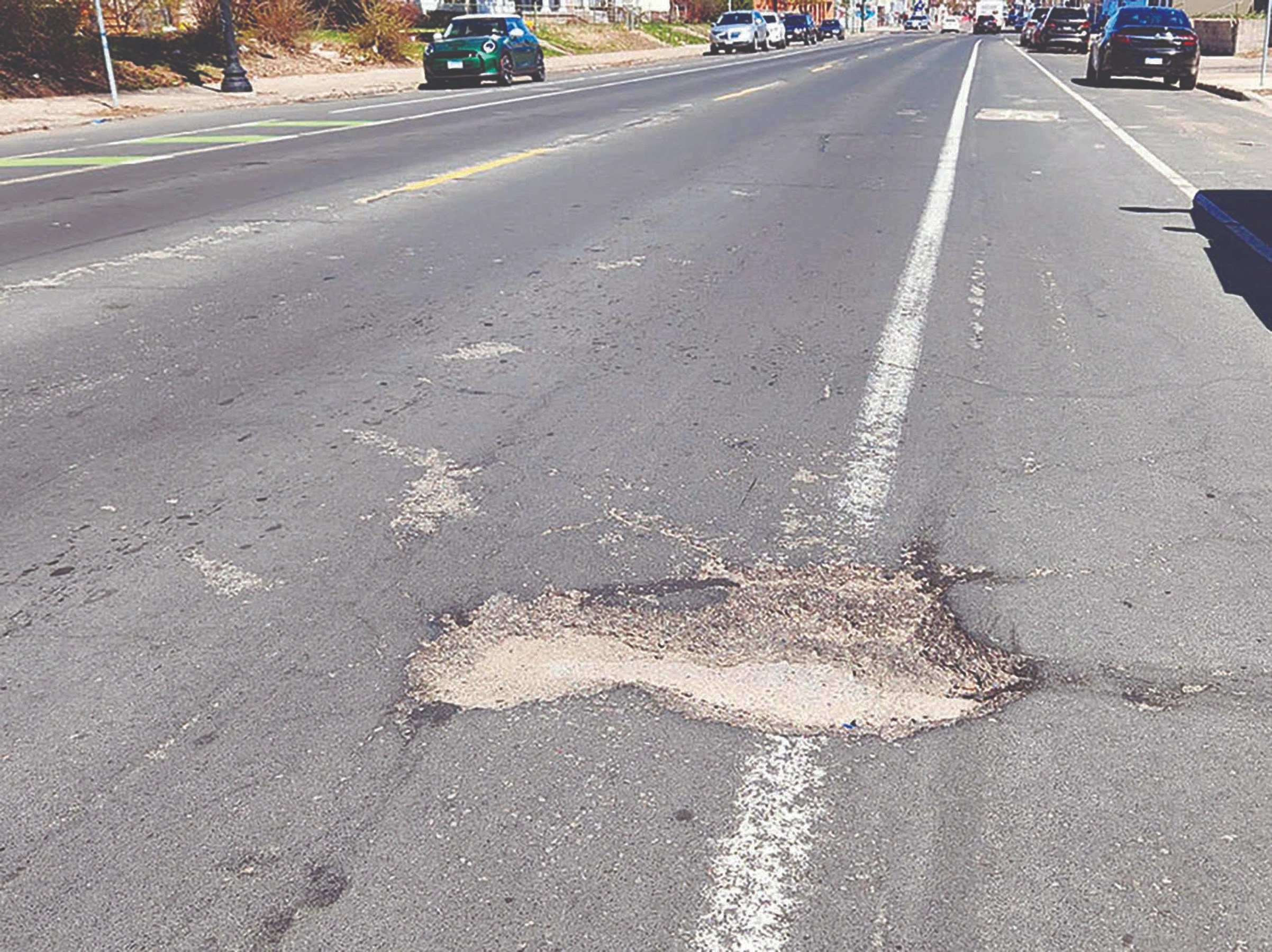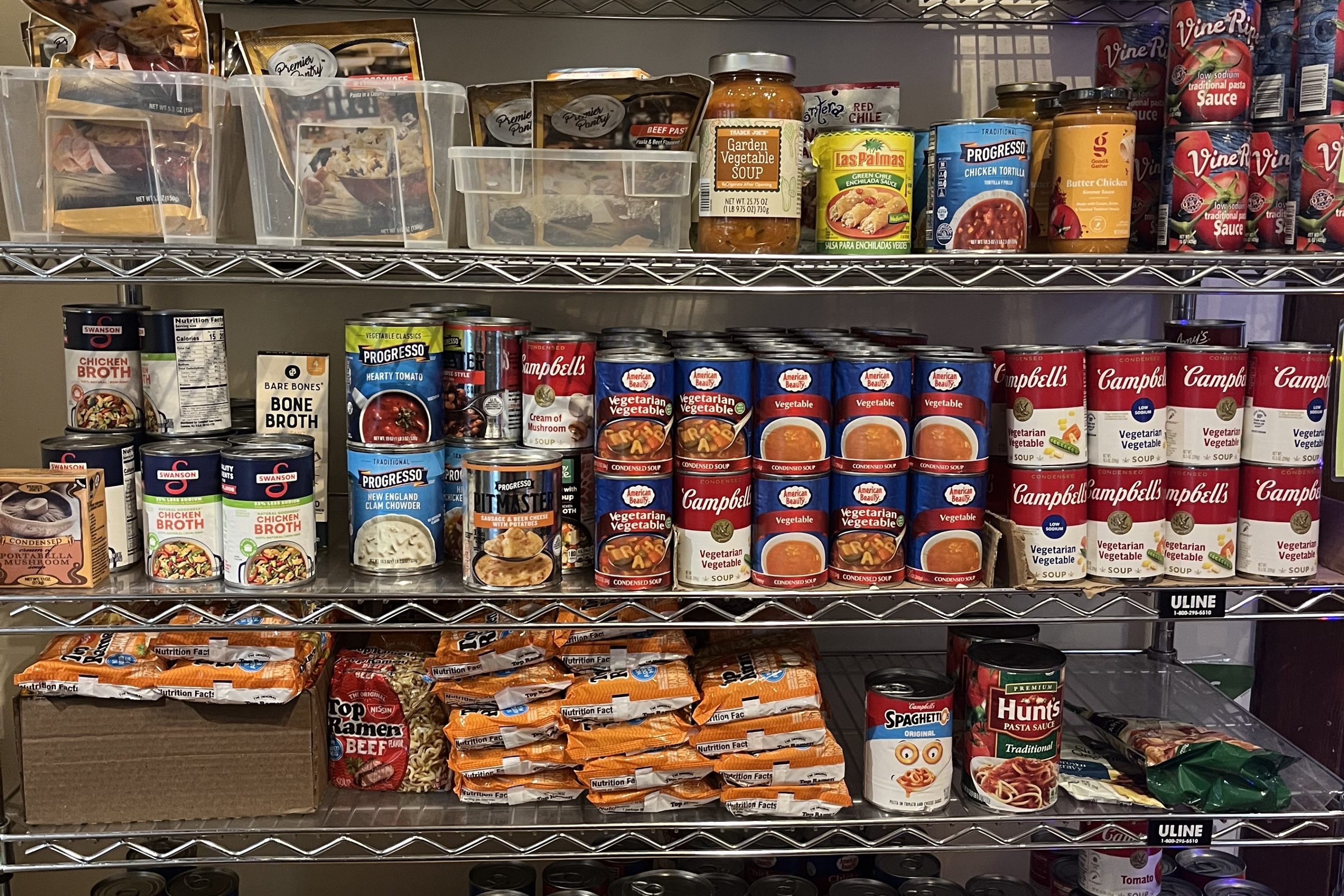I have been watching the Minneapolis budget since Don Fraser, who left office in 1994, was mayor. In all that time, I don’t remember a mayor ever vetoing a budget.
But Mayor Jacob Frey just did. He vetoed the budget that the City Council passed, and the Council promptly overrode him.
Now the echo chambers will start. Minneapolis for the Many will vilify the mayor. All of Minneapolis will vilify the City Council. People on one side will only hear from their side.
What is the truth?
The City Council offered 73 amendments to the budget. One was for technical changes, and one included some fixes Frey wanted, leaving 71 proposals from the Council.
Frey had proposed an 8.3% property tax increase. Four Council proposals were for property tax reductions. Payne, Koski and Cashman offered an 8.2% increase, presumably so they could claim to have reduced the budget in their reelection campaigns.
Three serious proposals ranged from 7.32% to 7.03% to 6.41% increases, offered by Koski and Rainville. In the end, the City Council passed a 6.8% tax increase, which still means double-digit increases for most homeowners because of declines in commercial and apartment values.
What does this mean for taxpayers?
I, for example, own about a median-priced home in Minneapolis and am facing a $600 increase in property taxes — money I honestly do not have. The city is projecting similar increases into the future.
Where is the money going?
That leaves 67 amendments proposed by the City Council that deal with spending.
By far the biggest number of proposals is what I like to think of as “giving money to your friends.” Thirty-three proposals, about half, were to give money to nonprofits. These include funds for Latino Business Week, the Trans Summit, façade improvements on Bloomington Avenue and Mercado Central, and the Indigenous Wealth Building Center. The largest, $1 million, was for building improvements for unnamed nonprofits in North Minneapolis.
The list goes on. Hundreds of thousands of dollars were allocated to nonprofit “safety” programs, with only vague explanations of what will actually be done. Another $25,000 was for stipends for people serving on the Safe and Thriving Communities Work Group — essentially paying anti-police activists. There was $500,000 for a group to tell us how to stop producing garbage and $50,000 for a group to tell us how to implement free phone charging stations. Much of this is being done to curry favor before an election year.
Another big group of proposals involves duplicating what other government agencies are already doing. These include teaching people how driver’s licenses work (something the state DMV does), transportation for seniors (covered by Metro Transit), and a navigation line for seniors (provided by the state Department of Human Services).
One $25,000 proposal would have a group tell us how to implement mental health services for LGBTQ residents, which the Department of Human Services already provides. Another would fund post-incarceration services, which are the domain of the state Corrections Department.
The biggest duplication involves taking over homelessness services from Hennepin County. It is baffling that the city would spend millions duplicating existing efforts instead of working with other jurisdictions.
It is equally baffling that the City Council believes Minneapolis can somehow outperform larger, more experienced and more established programs. These programs are typically handled at the state or county level because many of the populations they serve are transient, and would leave Minneapolis to shoulder the region’s burden.
Budget Chicanery
Another major theme is budget chicanery, a word meaning deception or trickery. Each of the three reasonable property tax reduction proposals relies on $5 million in one-time savings, meaning the property tax levy will need to increase, or services will need to be cut by $5 million next year.
At least 11 of the proposals use one-time money for ongoing costs. For example, one proposal cuts planning staff for a year to fund grants for senior housing, only to add the planning staff back later. What those unfunded staff would do during that year is unclear.
Several proposals cut funding for community police stations, which signed leases in November. At least six proposals simply move an activity from one department to another, like moving the Crisis Response Teams from the Neighborhood Safety Department to the Fire Department.
It is unclear what expertise the Fire Department has in mental health crisis response. Multiple proposals appear to cut the same civil attorney position.
Perhaps the most egregious chicanery is the proposal sponsored by Council Member Osman for $150,000 from the federal opioid settlement to fund an Indigenous and East African Communities Opioid Response Program.
The problem is that federal law clearly states responses based on race or ethnicity are not legal. This was brought up in the meeting, but Council Member Chavez said the city would blatantly violate the law because he wanted to. He then dared the state to stop the city. Saying this on television is ... unusual ... given the number of fraud investigations happening at the state level.
Lack of Transparency
Maybe you didn’t hear about these proposals. That’s not because you missed anything — it’s because these proposals were hidden from the public. This was done deliberately to prevent people from organizing against them.
This City Council has used this tactic before. For example, they initially passed the Labor Standards Board by adding it to the Council agenda at the last minute.
People didn’t know it was coming and couldn’t provide public input or organize against it. The mayor was able to later veto it.
A Call to Action
There is nothing that reflects the values of an organization more than its budget.
I ask you to think about whether these proposals and actions align with what you believe a City Council should be doing. And vote accordingly next year.






